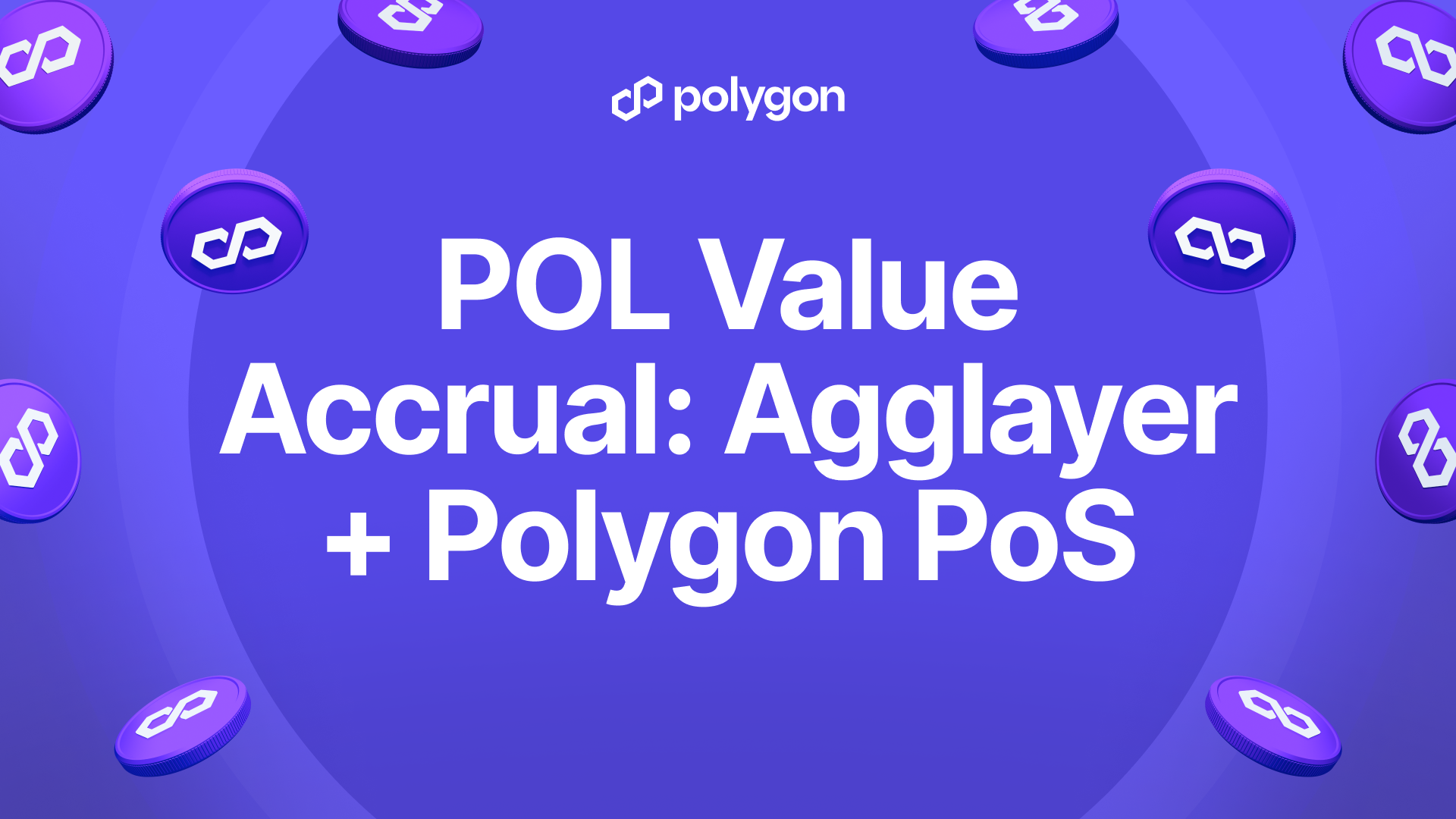Finding Your Crew: Community and Building in Web3

How should developers think about crewing up? Where do they find like-minded collaborators? What can a strong community do for the project you’re building? And how are collaborative networks different in Web3?
In this blog post, we attempt to answer some of these questions while sharing Polygon’s experience building a strong Web3 community. The timing of this post – on the eve of ETH CC and the ongoing market turbulence – is a reminder to builders of the importance of having a vibrant community.
Our story begins with a podcast earlier this year that featured Mihailo Bjelic, a co-founder of Polygon. Reflecting on our merger with Polygon Hermez (formerly Hermez), Mihailo said we “decided to join hands, and that proves so far to be a very good decision.”
The mutual dream to scale Ethereum brought the two ambitious Web3 squads together. The collaboration resulted in the making of a larger community with a laser-focused approach to finding solutions to a problem both parties wanted to fix. And the outcome is something that has never been achieved before – Polygon Hermez 2.0, a groundbreaking ZK solution to the scaling problem.
Read more: The Merger Between Two Blockchains to Form Polygon Hermez
Building in Web3 involves devs coming together around a shared vision, deploying participative means of governance, and creating collaborative crews with bigger communities. Because when squads of developers align, they make a constellation that can guide new worlds into existence. The game is positive-sum, and the value begins in the social stack hovering above the technical one.
Today, strong developer communities invested in collaboration, protocol-level ownership, and participatory governance are leading from the front.
Reimagining Communities in Web3
A report published last year by the Web3 research organization Other Internet, and commissioned by Uniswap Labs, asks an important question: “What kind of communities are crypto communities?”
It might be helpful to think about at least two layers of community-making in Web3.
The first is the communities of developers, builders, artists, and creators who collaborate, critique, iterate, and ship their projects in service of a shared goal. These might be the result of mergers or when communities fork, or split. Decision making about a project is shared, and building happens collaboratively.
And the second is the broader community that Web3 projects attract, with less technical expertise but engaged members who help create content, share ideas and participate in governance. The idea is that anyone can own a piece of a protocol.
Reimagining community across these two verticals requires a thoughtful approach to what it means to make, sustain, and represent a group of people with a common purpose. Blockchain is a technology of human coordination. It creates incentives to align actors across time and geography. And how we make communities thrive in Web3 is significantly different and exciting compared to Web2.
In Web3, the protocol is public and open source. As a result, anyone can contribute, iterate, build, and mash up. This gives rise to new community structures like DAOs. Also, communities are built alongside the product and not superimposed in the later stages like in Web2. One cannot exist without the other.
In addition, devs in Web3 don’t need to scramble to make their projects profitable because the profitability is built into the structures of the squads they create. Exiting and handing over the project back to the community in Web3 is much easier than in Web2.
In conclusion, Web3 communities are tight-knit groups of people organically sharing information and providing peer-to-peer support with no central authority.
Read about: Polygon Ecosystem DAO and click here to join the community today.
Finding Your Community
Sunflower Land, a game launched on Polygon earlier this year, is a hot example of how the everyone-can-build-it-together philosophy has given rise to a phenomenal community-owned and driven project.
The game’s creator, Adam Hannigan, started building in public. He posted his work on LinkedIn and soon was joined by hundreds of developers and artists. The community came together organically and existed under the umbrella of co-creating a game they wanted to play, as well driving its economic and cultural value to new heights.
There are hundreds of similar Web3 projects in need of a strong community. Defining what a “community” means for a builder has never been this important. And Web3 tooling has become a social coordination issue as much as a technological one.
At Polygon, everything we do revolves around communities and bringing builders together.
To that effect, Polygon DAO has launched Polygon Village to support communities with their governance and tooling needs. Likewise, Polygon BUIDL IT is a virtual hackathon, and Polygon Academy is a free online learning shop that helps devs and Web3 enthusiasts meet up and build together.
Nearly fifty Polygon Guilds have popped up around the world in the last six months with frequent meetups and building opportunities. Apply here to become a Polygon Guild Mage today.
That’s why we’re so excited to meet developers at ETH CC. We know that without a robust, participatory community of developers, Polygon’s ecosystem won’t continue to thrive.
So make sure you introduce yourself to us at ETH CC, follow our developer handle on Twitter and tune into our blog for the latest news from the Polygon ecosystem.
Let’s bring the world to Ethereum!
Website | Twitter | Ecosystem Twitter | Developer Twitter | Studios Twitter | Telegram | Reddit | Discord | Instagram | Facebook | LinkedIn



.png)

.png)


%20(1).png)







.png)
